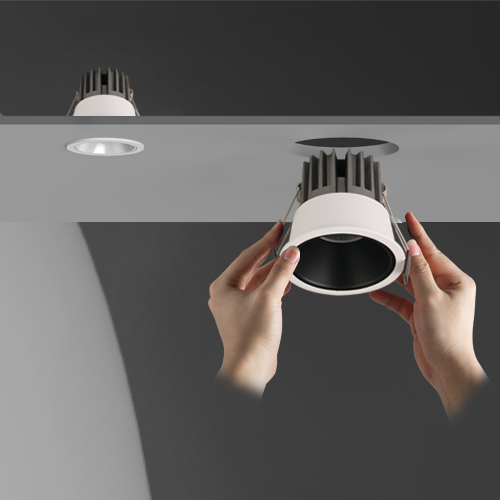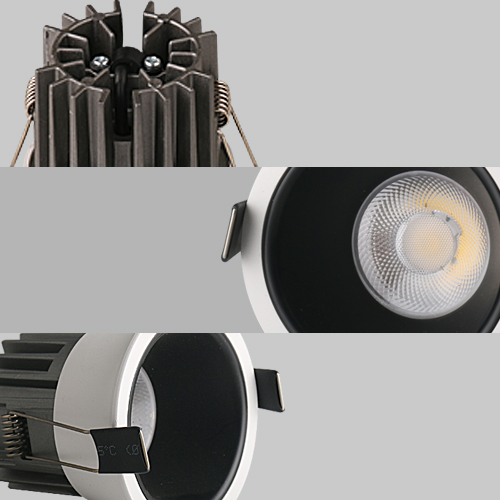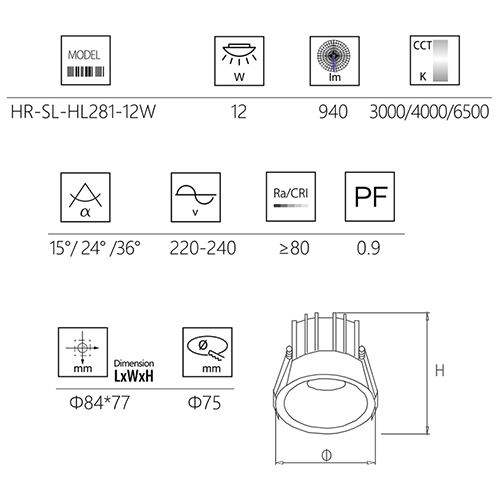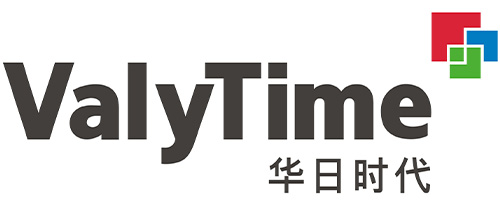What types of LED spotlights are there?
LED spotlights not only offer advantages such as energy efficiency and long lifespan, but also provide high brightness, a concentrated beam of intense light. They are widely used in a variety of fields, including architectural, landscape lighting, stage lighting, and security. Because they can precisely focus the light beam on a specific area, LED spotlights are widely used to illuminate distant or specific areas.
With increasing awareness of LED technology, LED spotlights are increasingly being used in outdoor lighting. However, many consumers and designers remain skeptical about the suitability of LED spotlights for outdoor use. This article focuses on their types, characteristics, and performance in outdoor environments.
This article will examine the types and characteristics of LED spotlights, explore their application range, analyze their suitability for outdoor use, and provide relevant purchasing and usage recommendations.

What types of LED spotlights are there?
LED spotlights are generally classified into various types based on the beam shape, light source arrangement, materials used, and design. Understanding these types can help consumers choose the right product for their specific needs.
LED spotlights are classified into the following types:
1. Classification by Beam Angle
• Narrow Beam LED Spotlights
• Medium Beam LED Spotlights
• Wide Beam LED Spotlights
2. Classification by Design
• Recessed LED Spotlights
• Surface-Mounted LED Spotlights
• Portable LED Spotlights
• Waterproof LED Spotlights
3. Classification by Color Temperature
• Warm White LED Spotlights
• Cool White LED Spotlights
• RGB LED Spotlights

1. Classification by Beam Angle
The beam angle of an LED spotlight directly affects its focusing effect and illumination range. LED spotlights can have varying beam angles depending on the application requirements. Generally, LED spotlights are categorized into the following types:
• Narrow Beam LED Spotlights
Narrow beam spotlights typically have a beam angle of 10 to 25 degrees. Because of their concentrated beam, they can precisely focus light onto a distant target area, making them suitable for long-range lighting applications requiring intense illumination, such as building facades, signage, and focused artwork and sculpture.
• Medium Beam LED Spotlights
Medium beam spotlights typically have a beam angle between 25 and 45 degrees. These luminaires offer a beam that is neither as concentrated as narrow beam spotlights nor as diffuse as wide beam spotlights. Therefore, they are often used for lighting applications requiring a wider coverage area, such as small and medium-sized spaces like courtyards and gardens.
• Wide Beam LED Spotlights
Wide beam spotlights typically have beam angles exceeding 45 degrees, sometimes even exceeding 90 degrees. LED spotlights provide a wide illumination range and are suitable for scenarios requiring even illumination of large areas, such as outdoor plazas and commercial districts. Wide-beam spotlights are typically used to create a softer ambient light and have a wider illumination range.
2. Classification by Appearance Design
LED spotlights are also classified based on their appearance. Depending on the specific needs, their designs vary. They mainly fall into the following design types:
Downlight-mounted LED spotlights are often installed in the ceiling and typically feature a low profile and a simple design. This design makes the fixture more discreet and provides a more concentrated beam, making it suitable for spaces requiring minimalist aesthetics.
• Surface-Mounted LED Spotlights
Surface-mounted LED spotlights are typically mounted on surfaces, such as walls and pillars, and feature a more prominent design. They are often used in scenarios requiring a striking visual effect, such as stage lighting, architectural lighting, and landscape lighting.
• Portable LED Spotlights
Portable LED spotlights offer convenient mobility and are suitable for locations where frequent lighting adjustments are required, such as outdoor events, security lighting, and performance stages.
• Waterproof LED Spotlights
Waterproof LED spotlights feature a sealed design and are highly waterproof. They are typically used in outdoor or humid environments, such as architectural, landscape, and marine lighting. They effectively prevent damage to internal components from rain or moisture.
3. Classification by Color Temperature
LED spotlights can also be categorized based on their color temperature. Color temperature directly affects the hue of the light source, thus influencing the visual experience and atmosphere created.
• Warm White LED Spotlights
Warm white LED spotlights typically have a color temperature range of 2700K to 3000K, producing a yellowish or warm white hue. Warm white light is often used to create a comfortable, soft atmosphere and is suitable for indoor, home, or landscape lighting.
• Cool White LED Spotlights
Cool white LED spotlights have a color temperature range of 5000K to 6500K, producing a bright white or cool blue hue. Cool white light is often used in locations requiring high brightness and clarity, such as offices, stores, and security lighting.
• RGB LED Spotlights
RGB LED spotlights can output light from three basic colors: red, green, and blue, and can produce rich color effects by mixing these colors. RGB LED spotlights are commonly used in stage lighting, display lighting, and other locations requiring color variation or a special atmosphere.

Are LED spotlights suitable for outdoor use?
LED spotlights are increasingly used in outdoor environments due to their high efficiency, durability, and energy efficiency. However, their suitability for outdoor use depends on several factors, particularly their waterproofing, temperature resistance, heat dissipation system, and weather resistance.
1. Waterproof Performance
LED spotlights used in outdoor environments are often subject to the test of rain, moisture, dust, and other environmental factors. Therefore, waterproof performance is crucial. The waterproof rating of an LED spotlight is generally indicated by the IP (Ingress Protection) rating, usually represented by "IP" followed by two numbers, such as "IP65" or "IP68." The higher the number, the stronger the waterproof performance.
• IP65 waterproof: Suitable for general outdoor environments, it can resist the intrusion of rain, but cannot be immersed in water for a long time.
• IP67 waterproof: Suitable for outdoor environments requiring higher waterproof protection, it can withstand short-term submersion in water.
• IP68 waterproof: The highest waterproof rating, it can withstand long-term immersion and is suitable for underwater lighting or other extreme environments.
For outdoor applications, selecting an LED spotlight with good waterproof performance is key to ensuring the long-term performance of the light.
2. High and low temperature resistance
Outdoor environments are subject to large temperature fluctuations, especially in extreme weather conditions. LED spotlights need to have a certain degree of high and low temperature resistance. High-quality LED spotlights typically feature a metal heat sink design, which effectively dissipates heat and prevents light decay or damage caused by overheating. Furthermore, some LED spotlights are designed to withstand low temperatures, making them suitable for use in cold regions.
For hotter climates, the heat dissipation system design of LED lamps is particularly important. If the heat dissipation design of an LED spotlight is poor, it can easily overheat in the summer or under direct sunlight, accelerating the aging of the internal LED chips and ultimately causing a decrease in brightness.
3. Weather Resistance and UV Resistance
Outdoor LED spotlights are subject to long-term UV exposure, making the material's UV resistance crucial. To improve their weather resistance and UV resistance, many LED spotlights utilize UV-resistant housing materials, such as aluminum alloy or PC (polycarbonate). These materials effectively prevent UV degradation and discoloration.
4. Heat Dissipation
The heat dissipation performance of an LED spotlight directly impacts its operating efficiency and lifespan. LED lamps in outdoor environments often experience significant temperature fluctuations. Therefore, their cooling systems must be well-designed to effectively dissipate heat generated by the LED chips and driver circuits, ensuring long-term, efficient operation. In hot weather or under direct sunlight, overheating can cause the LED chips to degrade in performance, dim, or even damage.

Do you offer after-sales support and technical assistance?
Yes, Huari Lighting provides full after-sales support, including technical guidance, warranty service, and installation consultation. Our dedicated support team helps you resolve any issues that may arise during or after product use.
All of our products come with a warranty period, and we offer fast response times to overseas clients. Whether you are a distributor or end-user, our service ensures peace of mind when you buy from our factory.
